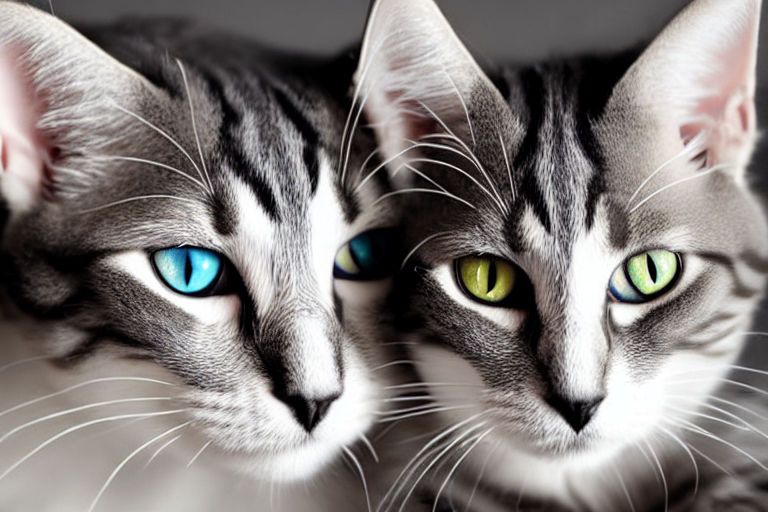Beyond Meowing: Understanding Different Vocalizations of Your Cat
Cats are known for their meows, but did you know that they have different vocalizations to communicate different needs and emotions? As a cat owner, it's important to understand your feline friend's various sounds to better understand their behavior and anticipate their needs.
1. The Meow
The most common and well-known sound that cats make is the meow. This sound can have different tones and lengths, depending on their mood or need. It can range from a soft meow to get your attention to a loud and persistent meow indicating hunger or dissatisfaction.
2. The Purr
A cat's purr is one of their most soothing sounds. Cats purr when they're happy, content, or relaxed. It can also indicate that they're in pain or stressed, so it's important to observe their body language in conjunction with the purr to understand how they're feeling.
3. The Hiss
When a cat feels threatened or scared, they may hiss to warn potential predators or enemies to stay away. It's also a common sound during a cat fight. It's important not to approach a hissing cat as it may become aggressive.
4. The Chirp
Some cats make a chirping or trilling sound when they're excited or happy. It's similar to the sound birds make and can be quite amusing to hear.
5. The Yowl
If you hear a loud, persistent, and mournful cry from your cat, it may be a yowl. Cats usually yowl when they're in heat or have unmet breeding desires. It can also indicate they're in pain, so it's important to pay attention to other signals.
6. The Growl
A growl is a low and guttural sound that cats make when they're angry or threatened. It's usually accompanied by body language indicating the same, such as baring teeth or an arched back.
Understanding the different vocalizations of your cat can help you communicate better with them and anticipate their needs. While it's important to know these sounds, it's equally important to observe their body language and overall behavior to understand the full picture.





